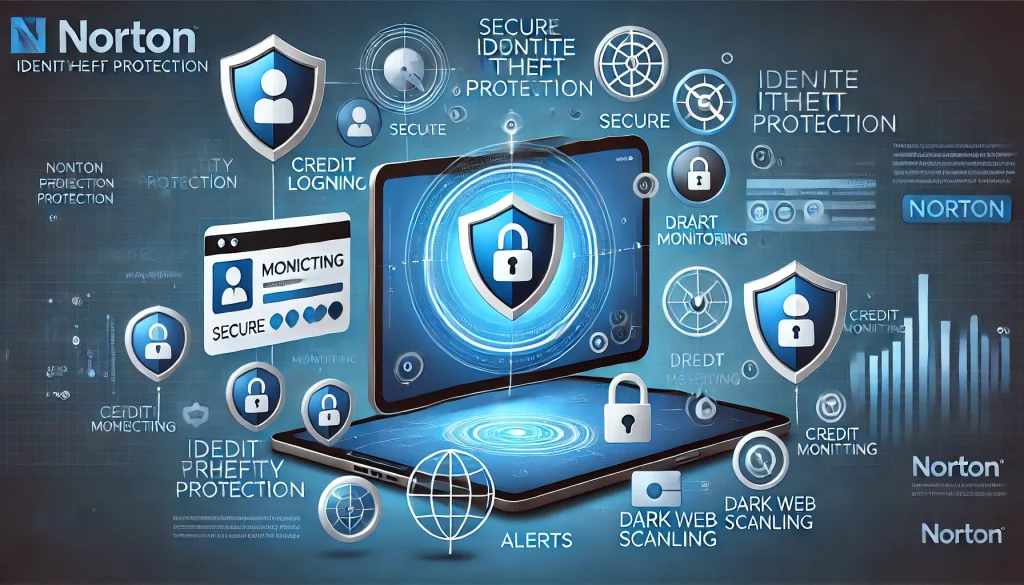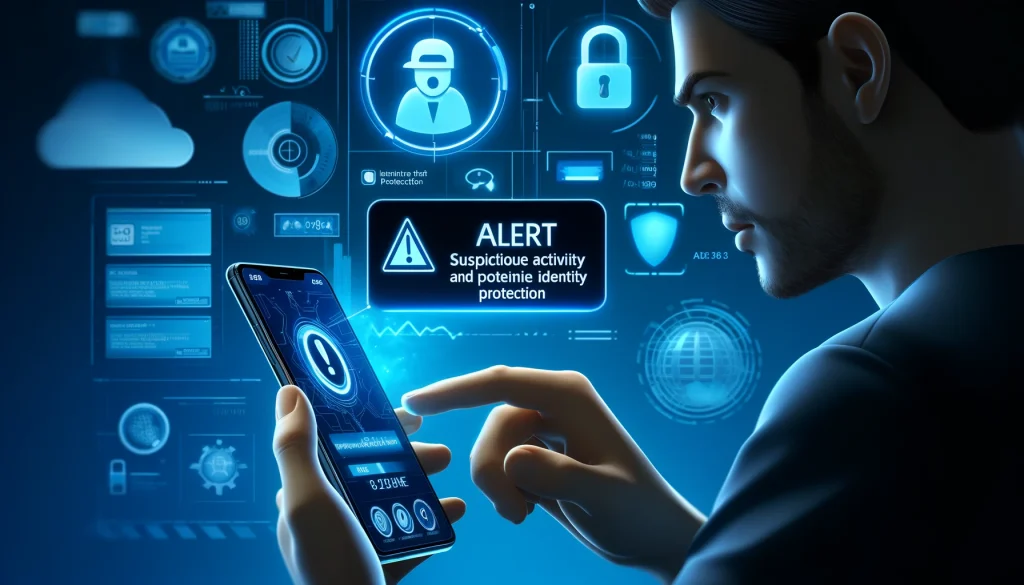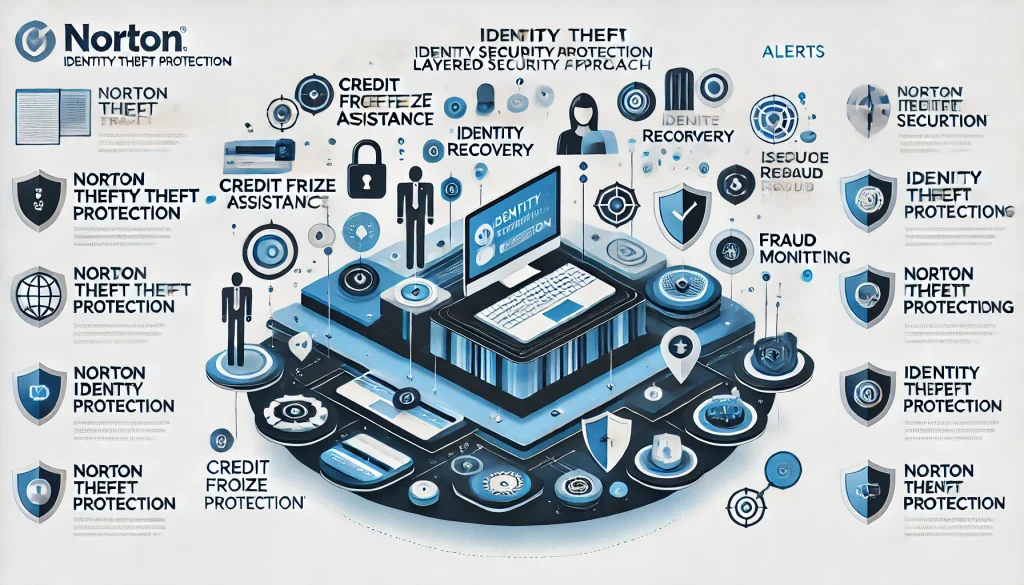
In today’s digital age, your online identity is one of your most valuable assets. Whether you’re a professional or an everyday internet user, protecting your online identity from theft has become essential. Using the robust tools offered by Norton Identity Theft Protection, such as LifeLock and antivirus software, you can safeguard your information and prevent cybercriminals from accessing your personal data. This guide will walk you through how to secure your online identity, highlighting important steps, tools, and best practices.
With cyber threats on the rise, securing your online presence not only helps prevent identity theft but also gives you peace of mind. The following guide will demonstrate the best methods for protection using Norton’s tools, which are designed to detect and prevent identity breaches before they become problematic.
Materials or Tools Needed
Before diving into the process of securing your online identity, ensure you have access to the following tools and prerequisites:
- Norton Antivirus Software: Protect your devices from malware and phishing attacks.
- Norton LifeLock Subscription: Identity theft protection that monitors your personal information.
- Strong, Unique Passwords: Use a password manager if necessary.
- Multi-factor Authentication (MFA): A secondary layer of security.
- Secure Internet Connection: Always use a VPN for added protection.
- Updated Software: Ensure all systems are up to date to avoid vulnerabilities.
Step-by-Step Guide

Step 1: Install Norton Antivirus and LifeLock Protection
The first and most crucial step to securing your online identity is installing a reliable antivirus, such as Norton, and subscribing to LifeLock identity protection. Norton Antivirus actively monitors and defends your devices against viruses, malware, and phishing attacks that can expose your personal data. LifeLock adds an extra layer of protection by monitoring the dark web and alerting you to potential threats. To begin, download the software from Norton LifeLock’s official site. Follow the prompts to complete the installation and ensure that real-time protection is enabled.
Step 2: Activate Multi-Factor Authentication (MFA)
One of the easiest and most effective ways to secure your online identity is by enabling multi-factor authentication (MFA) on all your accounts. MFA requires an additional form of verification beyond just your password, such as a code sent to your phone. This ensures that even if someone steals your password, they cannot access your accounts without the secondary code. To set this up, go into the security settings of your email, banking, and social media accounts. Select MFA or two-factor authentication (2FA) and follow the steps provided by each platform.
Step 3: Strengthen Passwords and Use a Password Manager
Weak passwords are one of the leading causes of identity theft. To protect your accounts, use strong, unique passwords for each online platform. A strong password typically includes a mix of letters, numbers, and special characters. If you find it challenging to manage multiple passwords, consider using Norton’s password manager. This tool generates complex passwords and stores them securely, so you don’t have to remember them all.
Step 4: Monitor Your Personal Information Using LifeLock
With LifeLock, you can monitor your personal information, such as your social security number and financial accounts. This service will alert you if any suspicious activity is detected, such as someone attempting to open a credit card in your name. Regularly check LifeLock’s alerts and notifications to stay ahead of potential threats. If you receive a notification of suspicious activity, act immediately by contacting the service or financial institution involved.
Step 5: Secure Your Wi-Fi and Use a VPN
Securing your internet connection is another critical step. Make sure your home Wi-Fi is protected by a strong password, and use a virtual private network (VPN) when accessing the internet in public places. Norton Secure VPN encrypts your connection, making it nearly impossible for hackers to intercept your data when using public Wi-Fi.
Do’s and Don’ts

Do’s:
- Use Strong, Unique Passwords: Avoid using common passwords like “123456” or “password.” Instead, use combinations of letters, numbers, and symbols.
- Keep Software Updated: Ensure your antivirus, operating system, and applications are regularly updated to patch any vulnerabilities.
- Enable Multi-Factor Authentication: Always set up MFA on your online accounts for added security.
- Monitor Financial Statements: Regularly review your bank statements for any unfamiliar transactions.
- Use a VPN on Public Wi-Fi: Always use Norton Secure VPN when accessing sensitive accounts over public Wi-Fi.
Don’ts:
- Don’t Use the Same Password Across Multiple Accounts: This increases your risk of being hacked if one account is compromised.
- Don’t Ignore Security Updates: Delaying updates can leave your devices vulnerable to attacks.
- Don’t Share Personal Information Publicly: Be cautious about sharing sensitive details like your birthday or address on social media.
- Don’t Fall for Phishing Scams: Be wary of suspicious emails and messages asking for personal information or containing unfamiliar links.
- Don’t Leave Accounts Unmonitored: Keep an eye on your LifeLock dashboard for any alerts regarding your identity and personal data.
Conclusion
Securing your online identity with Norton Identity Theft Protection is a crucial step in defending yourself against the increasing risks of cybercrime. By following the outlined steps—installing Norton and LifeLock, enabling MFA, strengthening passwords, and securing your Wi-Fi—you’ll be well on your way to protecting your valuable personal information. Consistently monitoring your accounts for suspicious activity will further reduce the chances of falling victim to identity theft.
Stay proactive in safeguarding your online presence, and remember that Norton offers a comprehensive suite of tools to help you in this ongoing effort.
FAQ
How does Norton LifeLock protect my identity?
Norton LifeLock monitors your personal information, including credit reports and social security number, to detect and alert you to potential threats.
What is the best way to create a secure password?
The best way to create a secure password is to use a mix of upper and lower case letters, numbers, and special characters. Avoid common phrases or personal details.
Is using a VPN necessary when I’m at home?
While using a VPN at home isn’t always necessary, it is highly recommended when you’re on public Wi-Fi to protect your data from hackers.
Resources
- Norton LifeLock Support. Identity Theft Protection & Cyber Security Plan.
- SMC Government. Norton LifeLock Identity Theft Protection and Cyber Security Plan.
- Corestream. Identity Theft Protection.
